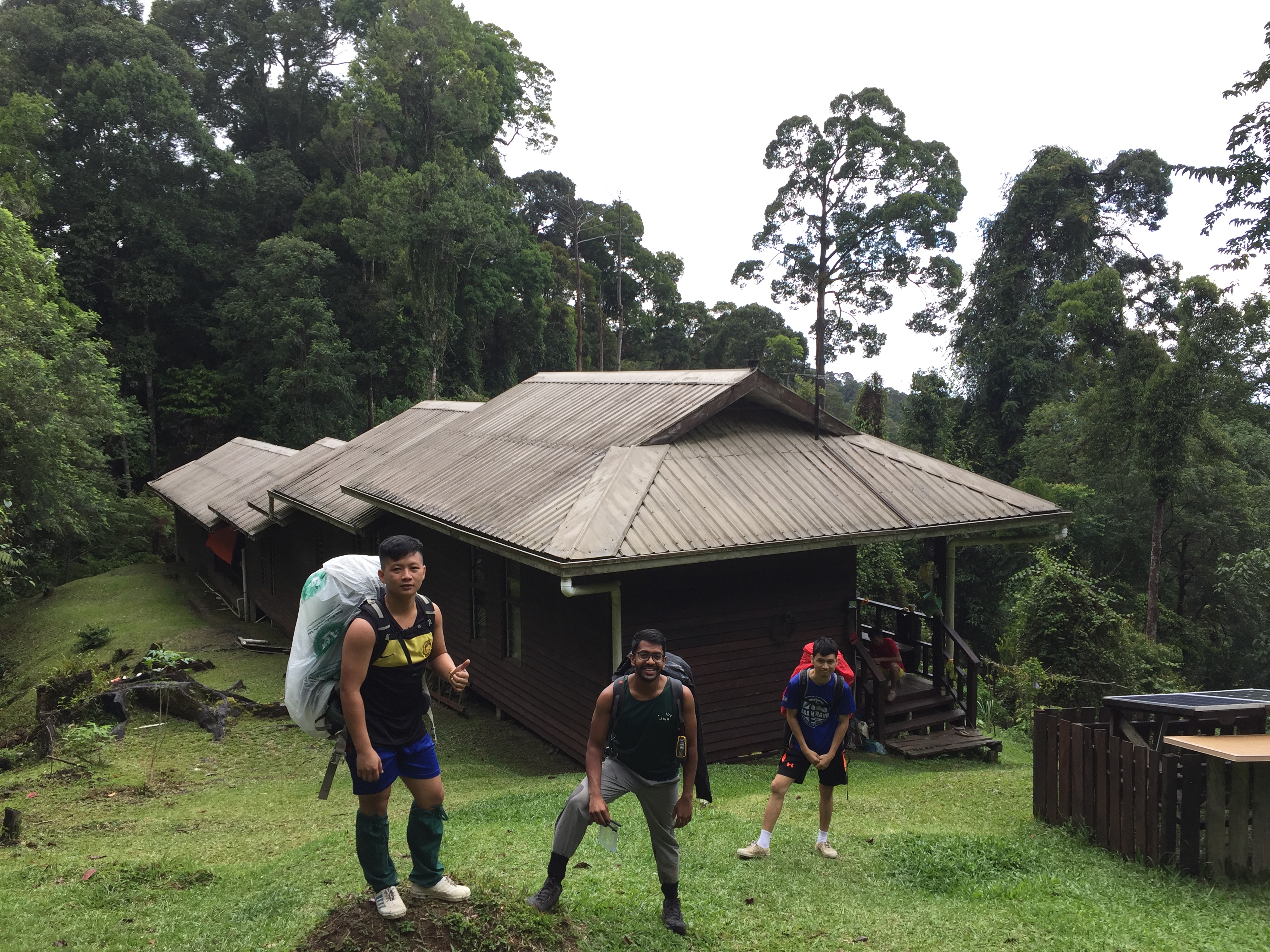International Leopard Day is celebrated on the 3rd of May and is not to be confused with its more popular cousins, International Snow Leopard and International Clouded Leopard days. Irrelevant of which sub-genus is being feted, the aim is to celebrate and create awareness of all wildlife and the important role they play in our ecosystem and future. In keeping with the theme, Merdeka Award chats with grant recipient and wildlife biologist Chrishen Gomez, a strong proponent of conservatism.
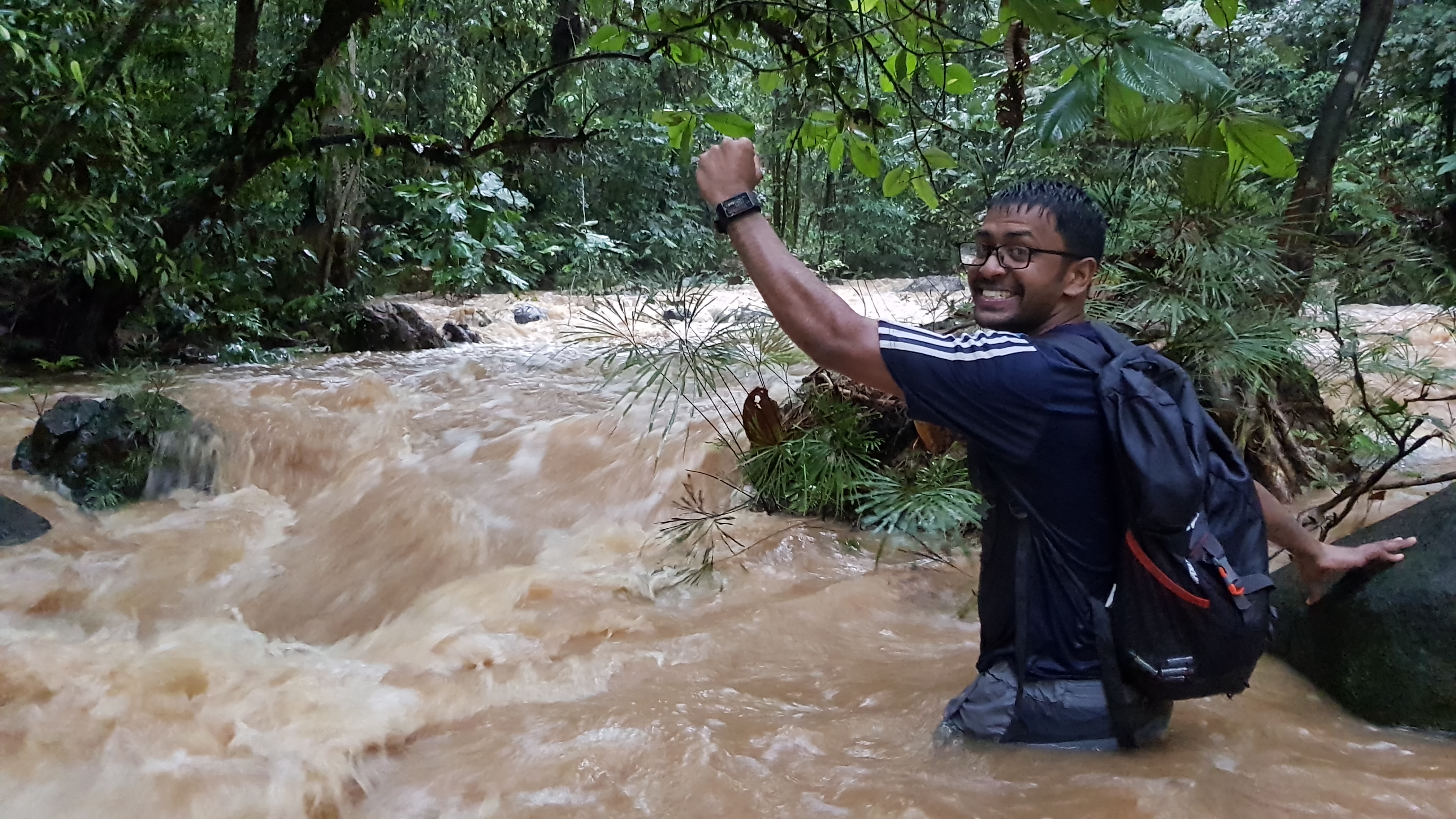
You could be forgiven for mistaking Chrishen Gomez for a young Sir David Attenborough – the exuberant and deep passion for wildlife is a striking characteristic of both men.
With strong convictions that conservation of our natural world needs science and innovation, Chrishen’s work on
Conservation Genetics Research Fellowship for Development of Long-Term Genetics Study of Sunda Clouded Leopard (Neofelis Diardi) and Sympatric Carnivores led to him receiving the prestigious Merdeka Award Grant for International Attachment in 2019.
Through this, Chrishen was able to spend 4 months in Brown University, Rhode Island to further his research. Chrishen also currently manages the Bornean Carnivore Programme, with a team of six researchers studying the entire Carnivore guild on Borneo that comprises 24 unique species.
Here, Chrishen answers a few insightful questions that have defined his life and career after winning the grant.
Briefly describe the research work that won the Merdeka Award Grant 2019 for you.
My work on
Conservation Genetics focused on the Sunda Clouded Leopard, which is Borneo’s apex predator.
An apex predator has a crucial role in keeping the entire ecosystem balanced and science has shown that losing an apex predator can have disastrous and immediate effects on the composition of wildlife and its habitat.
The biggest threat to the Sunda clouded leopard today is habitat fragmentation caused by human development. I am developing a genetics based assessment of the clouded leopard's ability to thrive in this increasingly fragmented landscape. I am developing tools that will allow us to continuously measure how development is affecting clouded leopard population size and connectivity between distinct population groups across the island of Borneo.
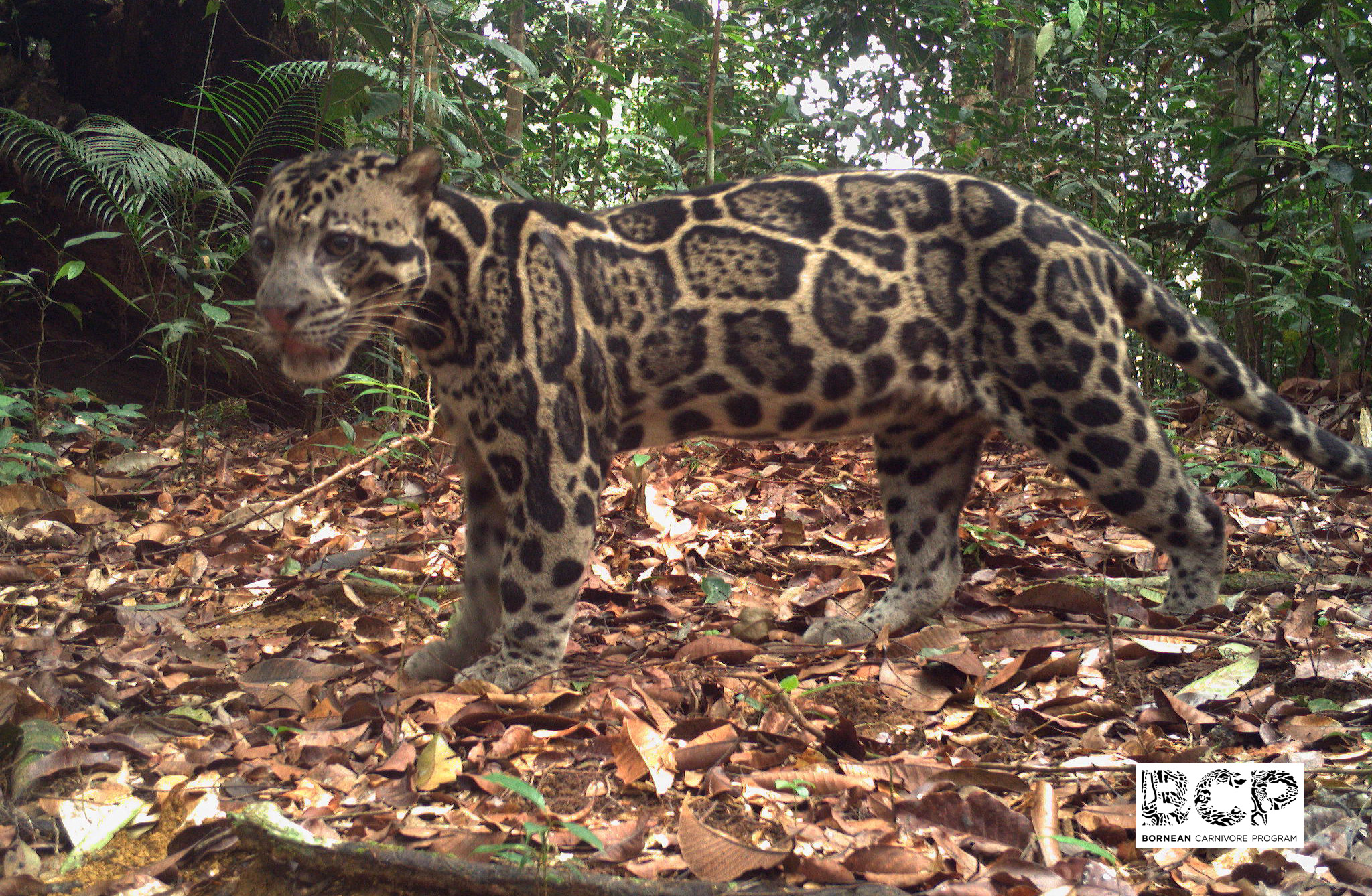 What was your journey like? Who would you say was instrumental to the processes and the preparations involved?
What was your journey like? Who would you say was instrumental to the processes and the preparations involved?
Conservation research is often hidden behind a veil of mystery. Having had no prior experience, my big break into conservation was a turning point as it introduced me to a whole new world. This involved some of the brightest minds, such as the world’s expert on Bornean carnivores, Dr Andrew Hearn, and collaborations with various sectors of society such as state authorities and the indigenous communities who live around forest to this very day.
Living and working in the forest was a crucial step towards charting a path for my research. For this, I am indebted to my principal investigator, Dr Andrew Hearn, who extended the first of many opportunities that I have seen throughout my career. Dr Andrew (
https://uk.linkedin.com/in/andrew-hearn-372b6574) is a member of the
WildCRU, Oxford University’s Wildlife Conservation Research Unit, which was founded in 1986 is a university-based conservation research unit.
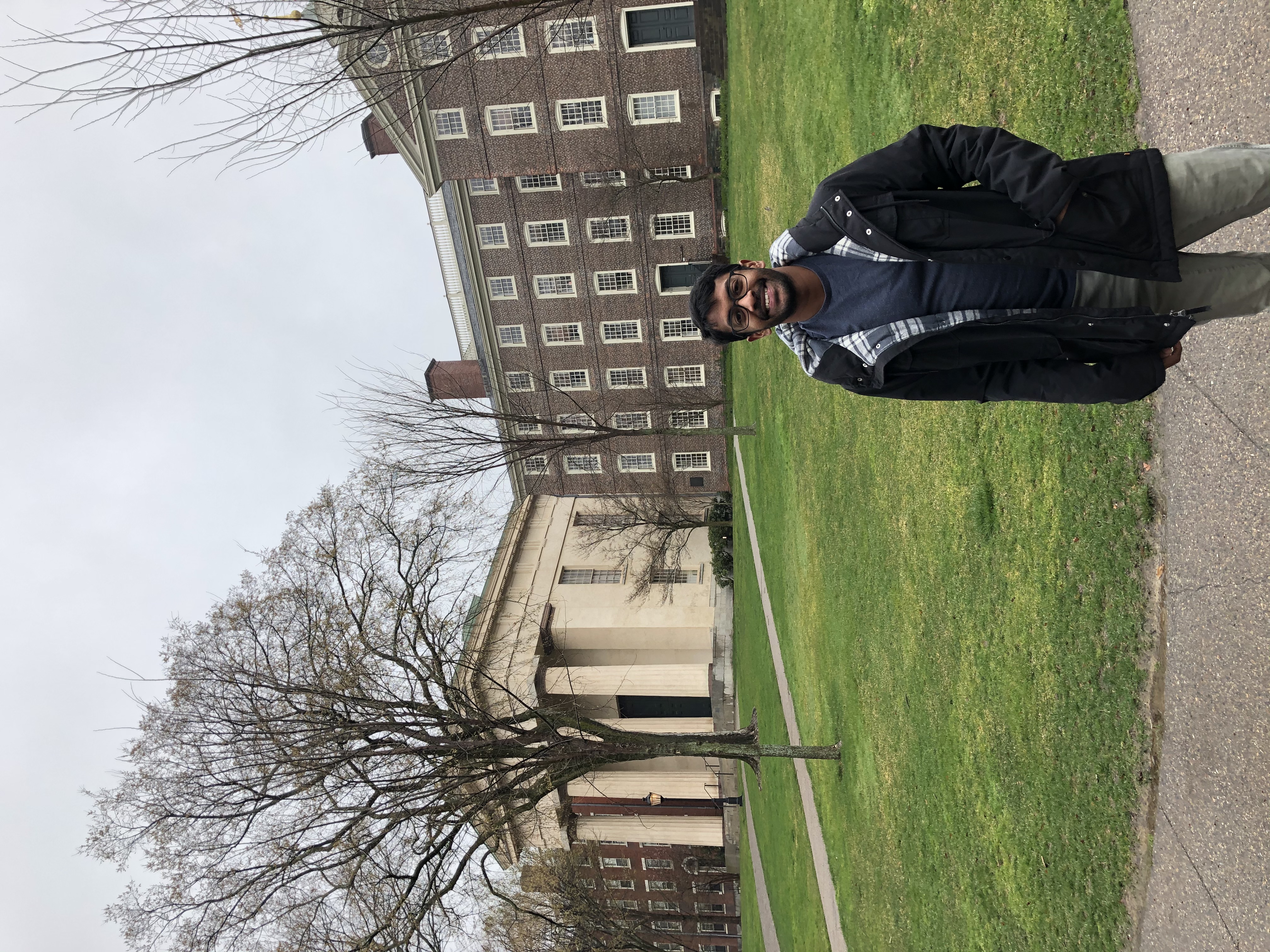 What difference has the Merdeka Award Grant made in your career? How would you use this to influence or impact others' career?
What difference has the Merdeka Award Grant made in your career? How would you use this to influence or impact others' career?
The Merdeka Award Grant for International Attachment took me outside a bubble I was comfortable with and showed me how dynamic the science of conservation truly is. At Brown University, where I met and worked with, Dr. Tyler Kartzinel, one of the world’s leading experts in conservation genetics, a budding field of applying cutting edge molecular tools to solve conservation problems. I was exposed to working with a dynamic lab that engaged in science at every waking moment. It truly was immersive.
Although I had secured a research fellowship at Brown University through the award, however, the reality of my fellowships was drastically changed as the COVID-19 pandemic swept through the US just three weeks after I had arrived. Thankfully, Dr. Kartzinel who was my supervisor there, l (
https://twitter.com/tyler_kartzinel?lang=en) was quick to adapt and gave me new data to work with that would ensure that my time there was productive.
Conservation research is still a budding field in Malaysia. With all our natural wealth, Malaysia desperately needs more young people who are willing to get in the muck and conduct research with an eye for the long-term. With the right talent and capacity building, more resources can be channeled to developing conservation research and advocacy projects led and run by local Malaysians who have a strong foot on the ground and who work closely with the indigenous communities whose lives are deeply linked to wild places.
Innovation is a byword to everything these days, so how does this tie in with your project?
Technological developments are revolutionising the way we approach conservation. Over a decade ago, camera traps became ubiquitous and affordable, allowing every amateur scientist to place a camera in the forest and have photographs of animals hardly ever seen by humans. Today, we are looking at how infrared monitors and genetic surveillance will give us data not only on the present, but also from the past so that we can make accurate models of the future.
The biggest threat to the Sunda Clouded Leopard today is habitat fragmentation caused by human development. I am developing an innovation-driven, genetics-based assessment of the leopards’ ability thrive in this increasingly fragmented landscape. The tools I am developing, and innovating will allow us to continuously measure how development is affecting clouded leopard population size and connectivity between distinct population groups.
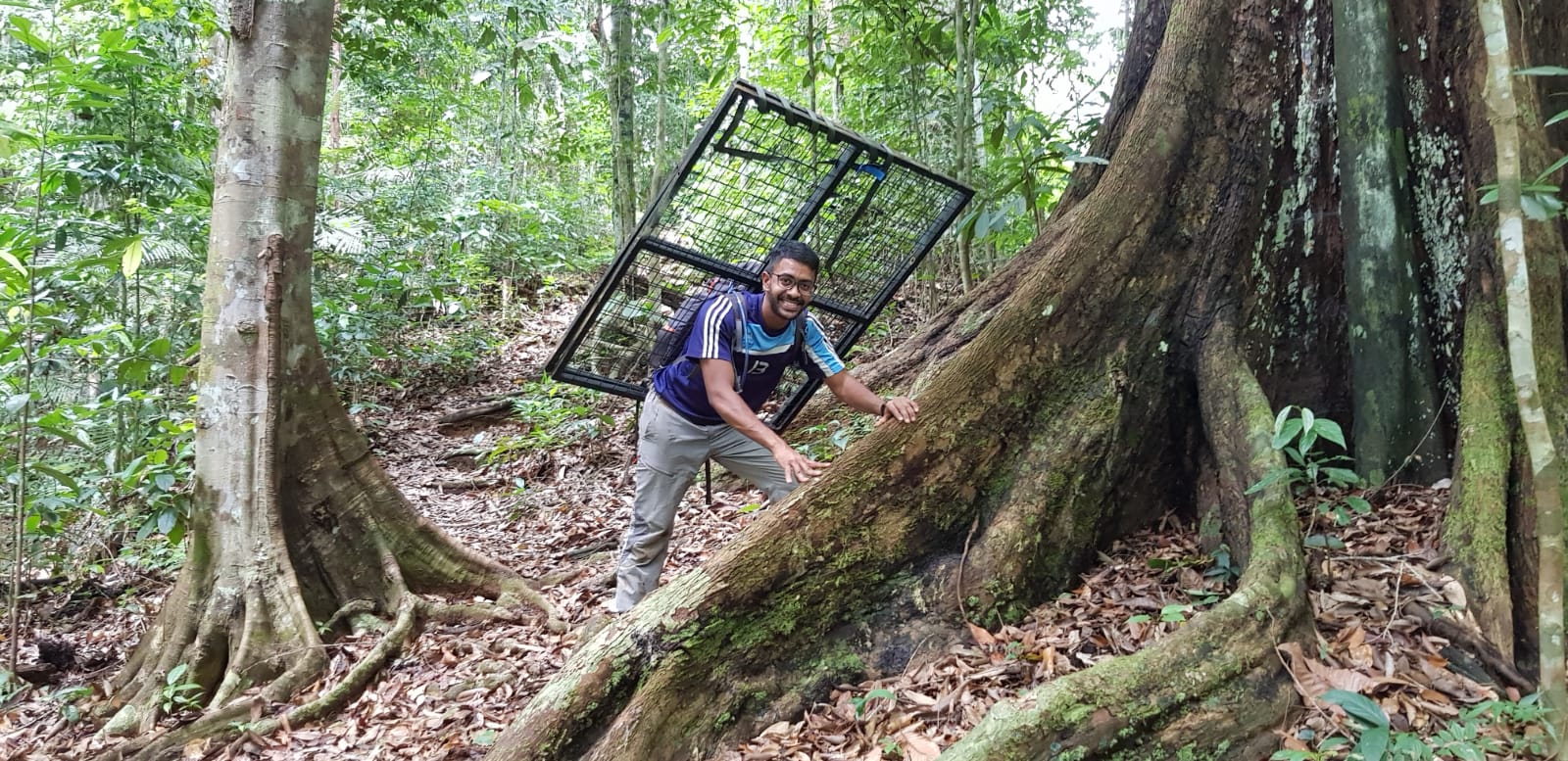 What are the implications / applications of the work beyond the award? How has it helped your future aspirations?
What are the implications / applications of the work beyond the award? How has it helped your future aspirations?
For me personally, the award has laid the groundwork for what is going to be my PhD project. The skills and experiences I gained at Brown University was crucial as it enabled me to develop my research hypothesis and admission into Oxford University this year on Clouded Leopards.
I am extremely excited to build the foundations for a lifelong career during this PhD. The research questions I am exploring for my PhD will set the stage for a long-term monitoring programme in Malaysia and test the viability of using genetics for conservation application. This field could open up careers for scores of new researchers from Malaysia to participate in conservation research and support the global effort to bring Malaysia forward.
What is your most valuable takeaway and advice to others?
Fear is a crippling emotion and often keeps us away from going on daring adventures. Had my fears kept me away from relocating to the most remote forests in the country, I would have only had jobs and not a career. The path less travelled is laden with uncertainty, but no journey worth taking isn’t.
Having a purpose bigger than myself, knowing that failure is a necessary step for growth and never being tired of learning and re-learning are my strongest advice to others.
In that sense, the Merdeka Award Grant is an amazing springboard for Malaysians to connect with the best in any given field. As a young professional, getting the right experiences and circle of support early is a game-changer in tackling the difficult problems that surround us today.
The Merdeka Award Grant for International Attachment is a signature initiative of the Merdeka Award Trust. The Grant offers short-term attachment programmes at internationally recognised host institutions. This enables distinguished young Malaysians to engage in collaborative programmes that enhance their work, expertise, and achievements. To learn more about the Merdeka Award and its grants, please visit https://www.merdekaaward.my/
PROFILE
Chrishen Gomez https://my.linkedin.com/in/chrishen-gomez-ab922a150
Chrishen’s interest in wildlife started with family vacations on Malaysia’s tropical islands. The years he spent getting his degree in Resource Biology in Sarawak then turned his interest into a genuine passion for the natural world. Chrishen was Vice president of AIESEC in Kuching where he was involved in developing long-term social projects for leadership development. Chrishen will be commencing his DPhil at the University of Oxford in October 2021.
